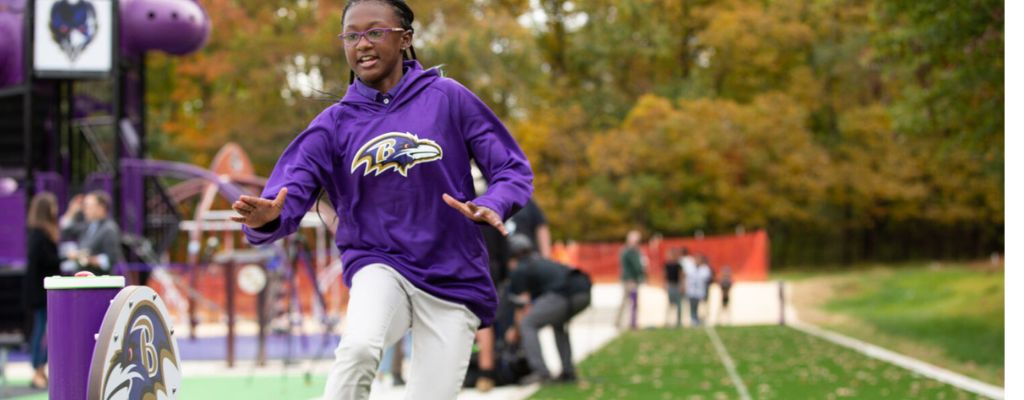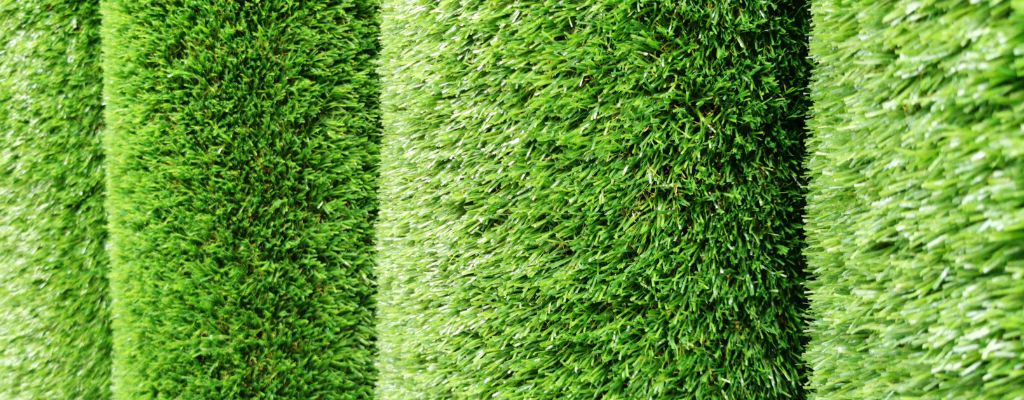custompark.net | All Rights Reserved.
Artificial grass for playgrounds refers to a type of synthetic turf specifically designed for use in play areas. Unlike natural grass, which requires regular maintenance such as mowing, watering, and fertilizing, artificial grass offers a durable and low-maintenance alternative.
Designed for playgrounds, fitness areas, dog parks, small game play areas, and other non-specific applications, you can’t go wrong with using artificial grass in your playgrounds.
Here at Custom Park Surfacing we strive to get you the highest quality product installed at the lowest price. Where other companies cut corners and use middle men, Custom Park does everything inhouse. This ensures a seamless and painless installation process.
If you’re interested in installing artificial grass for your playground, contact us today!

You can use a few types of material as turf for a children’s playground, ranging from natural grass to creeping carpet plants and artificial grass. However, there’s a reason why artificial grass is conquering most of the US, with usage expected to nearly double by 2025.
This type of material has many benefits that make it superior to other types of turf, even natural ones. Below, we’ve shared these advantages to help you understand why artificial grass for playgrounds is the better choice. Keep reading to learn more!
Artificial grass has unmatched durability. This matters in high-traffic areas like a playground. Since kids play here all day, the area’s grass must be able to withstand constant use. Regular grass will wilt and die in just a few days. The clear choice is artificial grass, which is purpose-made for long-term use. It can last for up to two decades with regular use.
Natural grass requires a lot of effort to maintain. Each square foot of turf needs to be watered, fertilized, and mowed to maintain a clean appearance. To accomplish all this, parks will need a team who can perform the necessary tasks.
This won’t be a problem when it comes to artificial grasses. The only maintenance needed is cleaning debris and maybe rinsing on occasion. Otherwise, this type of turf is practically maintenance-free. No need to use harmful chemicals, no need for mowers that emit greenhouse gasses, and no need for watering.
The initial investment for artificial grass may be higher, but don’t let it dissuade you. In general, the cost is around $5 to $20 per square foot, while natural grass is less than a dollar for the same size. However, you have to think long-term to truly see how artificial grass is much more cost-effective.
The maintenance needs of natural grass will pile up. In addition, you’ll need to replace it if it dies. However, artificial grass lasts for years with little maintenance.
Since natural grass turns brown during the summer if left unwatered, this exposes the soil to heat. It then dries up, turns to dust, and gets carried away by rain or wind. This erosion reduces the quality of topsoil and encourages the use of more fertilizers. That’s not the case with artificial grass. This material creates a firm and solid ground cover that protects the soil. This way, you can preserve it even during the worst droughts.
Kids will be the ones who’ll use this turf, so safety is a major consideration. Thankfully, artificial grass provides a safe and soft surface where they can play. It won’t cause scratches like stones or soil and won’t contain fleas and other insects like in natural grass. If children fall or slip in the grass, they also won’t suffer as many bruises or abrasions.
Natural grass won’t grow in shaded areas. In addition, it can be difficult to install in tight spaces. It also won’t grow in some soil conditions and temperatures. These aren’t issues when it comes to artificial grass. It can be shaped to fit whatever edge, won’t need sunlight to stay green, and won’t mind if the soil is sandy, rocky, or nutrient-poor. You can install it anywhere!
The uniform appearance of artificial grass remains even after years of use, unlike natural grass, which needs to be mowed regularly. In addition, you can customize the shades of green for the playground. You can arrange these variations in such a way that the grass itself can become an interactive part of the playground.
Choose Custom Park Surfacing for top-tier artificial turf solutions that prioritize safety, aesthetics, and durability. Don’t settle for less; collaborate with the experts and watch your vision come to life. Reach out to Custom Park Surfacing today and elevate your playground experience!

Selecting the right artifical grass for your playground can be difficult, but if you follow these simple points you should be good to go!
Look for artificial grass that is designed specifically for playgrounds and play areas. This type of grass should provide adequate cushioning and fall protection, meeting the American Standard Testing Methods (ASTM) standards for shock absorption. Consider products with padded underlays or infill materials designed to minimize the risk of injuries from falls.
Play areas and playgrounds experience high foot traffic and intense use, so selecting artificial grass that is built to withstand wear and tear is crucial. Look for products with high-quality fibers, strong backing, and a good warranty to ensure long-lasting performance.
Choose artificial grass that is low maintenance and easy to clean. The grass should have proper drainage to prevent water buildup and allow for easy removal of debris, such as leaves or small toys.
The artificial grass should be soft and comfortable for children to play on. Look for products with soft, non-abrasive fibers that feel similar to natural grass.
Toggle Content
Exposure to sunlight can cause some artificial grass products to fade or degrade over time. Ensure the grass you choose is UV-resistant to maintain its appearance and performance in the long term.
Opt for eco-friendly artificial grass made from non-toxic materials, and consider products that utilize recycled materials to minimize environmental impact.
Choose artificial grass that has a natural appearance, with a mix of green shades and fiber shapes to mimic real grass. This will ensure your playground or play area remains visually appealing.
Evaluate your budget and look for products that provide the best combination of safety, durability, and aesthetics at a price point that fits your needs.
By considering these factors when selecting artificial grass for playgrounds and play areas, you can ensure a safe, comfortable, and visually appealing surface for children to play on.
The best artificial grass for kids is Polyethylene grass. It is soft to touch, non-abrasive, and provides a natural appearance, making it ideal for playgrounds and areas where children play.
Under artificial grass, a layer of crushed stone or gravel is typically placed to ensure proper drainage. On top of this, a weed barrier fabric might be laid to prevent weeds from growing through the grass. Finally, a layer of sand or rubberized infill is spread over the grass to keep the turf fibers standing upright and provide additional cushioning.
Yes, you can put artificial grass directly on dirt. However, before installation, the dirt should be leveled and compacted. It’s also recommended to add a layer of crushed stone or gravel for drainage and a weed barrier fabric to prevent weed growth.
The cost of artificial grass for playgrounds can vary widely based on the quality of the turf, installation costs, and any additional features like padding. On average, prices can range from $5 to $20 per square foot or more, including installation. It’s essential to get quotes from multiple suppliers to determine the exact cost for a specific project.
Yes, artificial playground grass is safe. Many products are designed with safety in mind, featuring padded underlayers to reduce the risk of injuries from falls. Additionally, high-quality artificial grass is non-toxic, lead-free, and often made from materials that are resistant to bacteria and pests.
The lifespan of artificial grass on a playground depends on the quality of the turf and the amount of foot traffic it receives. On average, artificial grass can last 8 to 15 years with proper maintenance. Factors like UV protection in the grass fibers and regular cleaning can extend its lifespan.
custompark.net | All Rights Reserved.